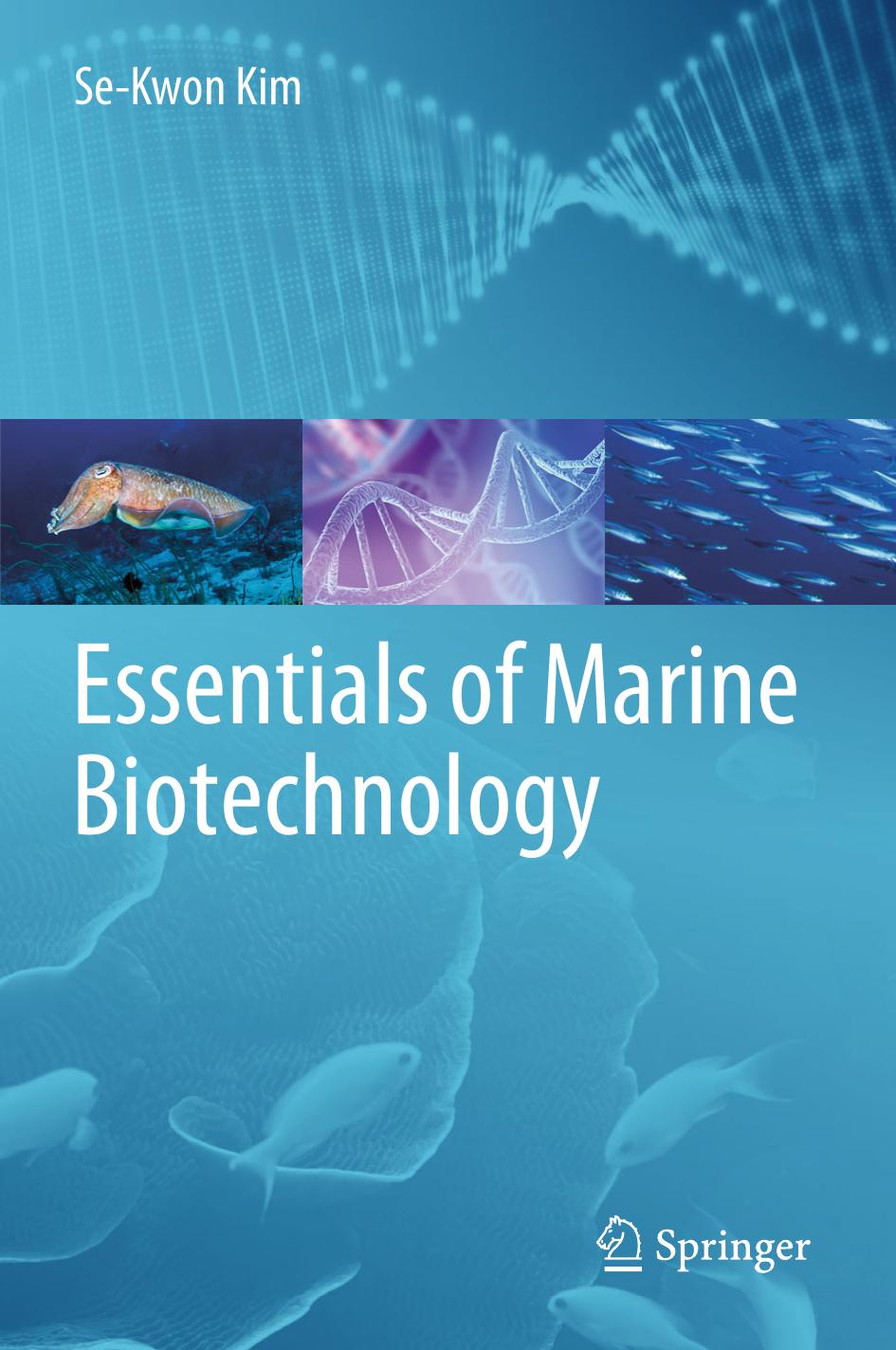Essentials of Marine Biotechnology by Se-Kwon Kim

Author:Se-Kwon Kim
Language: eng
Format: epub, pdf
ISBN: 9783030209445
Publisher: Springer International Publishing
Understanding proteins’ properties and conformation will first and foremost require refinement and purification of the proteins themselves. Purification and analysis are rather time-consuming processes for adhesion proteins that have hardened and resist dissolving. Recent developments in genetic analysis technology, however, have enabled genetic cloning such that a full protein sequence can be identified quickly if even a portion of it is known. Indeed, identification of the full sequence of protein 1 in the sea mussel is a process that takes approximate half a year; for proteins 2 and 3, genes can be isolated and the sequence determined in roughly two to three months each. Genetic cloning has already become an essential technique for protein research. Its advantages extend beyond the ability to efficiently determine sequences; cloned genes can also be inserted into microorganisms and culture cells to produce proteins.
A research group at one U.S. genetics company achieved expression from the introduction of part of the genes from protein 1 in yeast. The resulting recombinant protein itself could not be used to obtain adhesive proteins (as noted before, DOPA production from tyrosine could not be generated through a hydroxyl group addition reaction), but the researchers reported that they achieved adhesive activity by applying catechol oxidase isolated and refined from button mushrooms and bacteria to the recombinant protein. While it was not determined whether the protein that they obtained had the same form as natural protein 1, the research at least demonstrated the potential for mass production of adhesive proteins, as it was able to produce proteins with adhesive properties through recombination.
Once all of the reactions that occur in byssus synthesis within the foot are identified, as well as the enzymes responsible for catalyzing those reactions, it should be possible to product adhesive proteins identical to those found in nature. Enhancement of adhesive protein gene sequences by recombinant DNA methods to create more powerful adhesive proteins may become more than wishful thinking.
The research team of Dr. Cha Y. J. of the Pohang University of Science and Technology, South Korea, has used molecular bioengineering production technology to commercialize bio adhesives from the sea mussel. The team has isolated genes for adhesive proteins from the mussels and used them to develop new forms of hybrid bio adhesives that can be used as underwater adhesives (Choi et al. 2015).
As seen in Fig. 8.17, the production of sea mussel adhesive proteins through genetic engineering first requires gene cloning to produce recombinant microorganisms capable of expressing the proteins. To do this, they first located genes that code for adhesive proteins in the sea mussel’s foot, using the polymerase chain reaction (PCR) method to amplify the genes. Specific portions of DNA were recognized and clipped with restriction endonuclease for placement in plasmid gene carriers to create recombinant plasmids. These recombinant plasmids were then transformed in a E. coli production host to produce recombinant microorganisms. To produce the sea mussel proteins from the recombinant microorganism, protein expressed was induced by culturing in a fermentor with supplies of oxygen and nutrients.
Download
Essentials of Marine Biotechnology by Se-Kwon Kim.pdf
This site does not store any files on its server. We only index and link to content provided by other sites. Please contact the content providers to delete copyright contents if any and email us, we'll remove relevant links or contents immediately.
| Biochemistry | Biomedical Engineering |
| Biotechnology |
Whiskies Galore by Ian Buxton(41937)
Introduction to Aircraft Design (Cambridge Aerospace Series) by John P. Fielding(33092)
Small Unmanned Fixed-wing Aircraft Design by Andrew J. Keane Andras Sobester James P. Scanlan & András Sóbester & James P. Scanlan(32763)
Craft Beer for the Homebrewer by Michael Agnew(18196)
Turbulence by E. J. Noyes(7977)
The Complete Stick Figure Physics Tutorials by Allen Sarah(7337)
Kaplan MCAT General Chemistry Review by Kaplan(6899)
The Thirst by Nesbo Jo(6877)
Bad Blood by John Carreyrou(6581)
Modelling of Convective Heat and Mass Transfer in Rotating Flows by Igor V. Shevchuk(6406)
Learning SQL by Alan Beaulieu(6237)
Weapons of Math Destruction by Cathy O'Neil(6214)
Man-made Catastrophes and Risk Information Concealment by Dmitry Chernov & Didier Sornette(5956)
Digital Minimalism by Cal Newport;(5704)
Life 3.0: Being Human in the Age of Artificial Intelligence by Tegmark Max(5514)
iGen by Jean M. Twenge(5385)
Secrets of Antigravity Propulsion: Tesla, UFOs, and Classified Aerospace Technology by Ph.D. Paul A. Laviolette(5332)
Design of Trajectory Optimization Approach for Space Maneuver Vehicle Skip Entry Problems by Runqi Chai & Al Savvaris & Antonios Tsourdos & Senchun Chai(5037)
Pale Blue Dot by Carl Sagan(4953)
